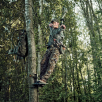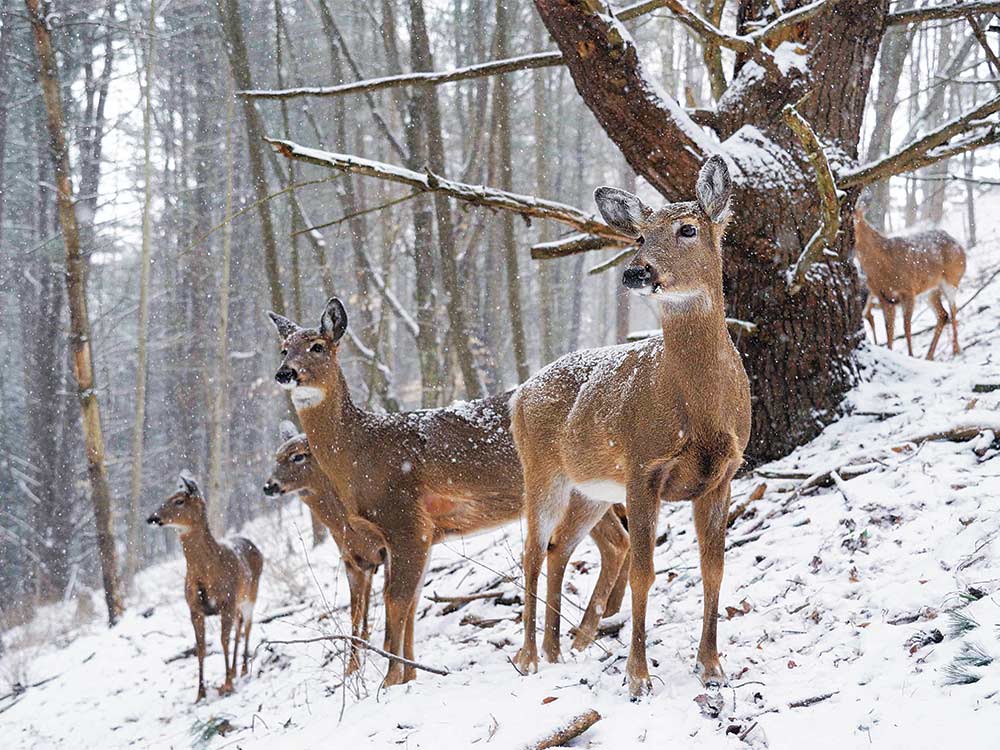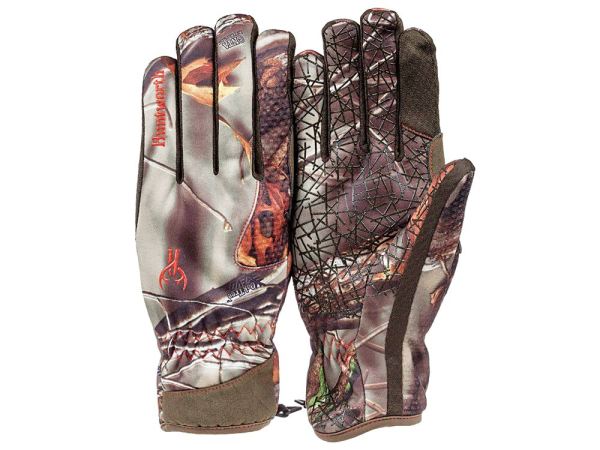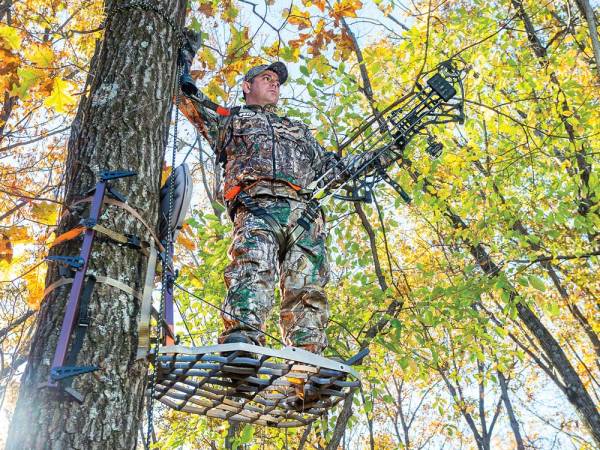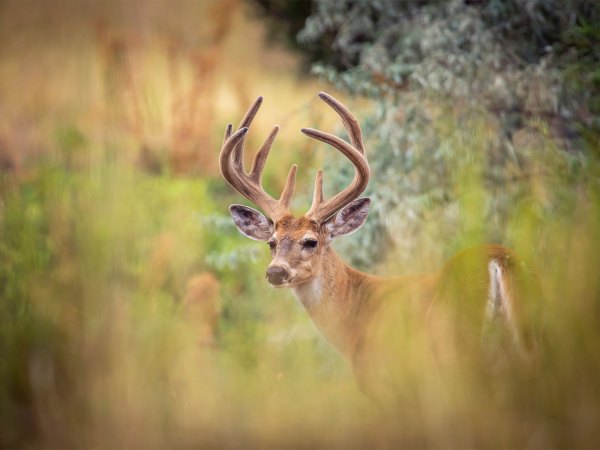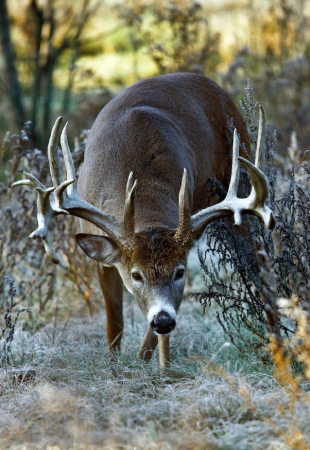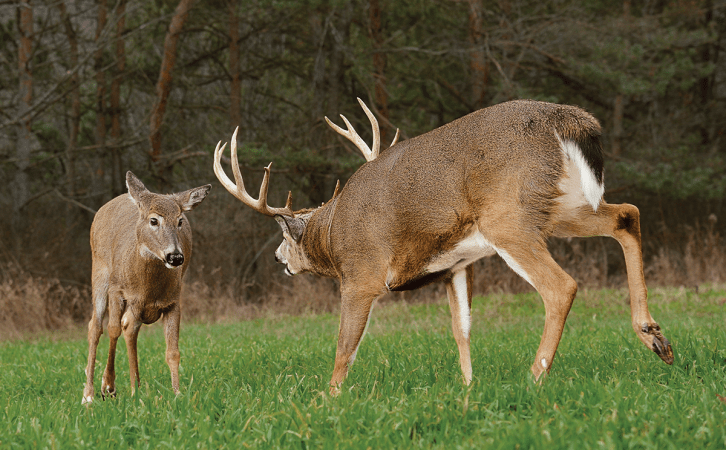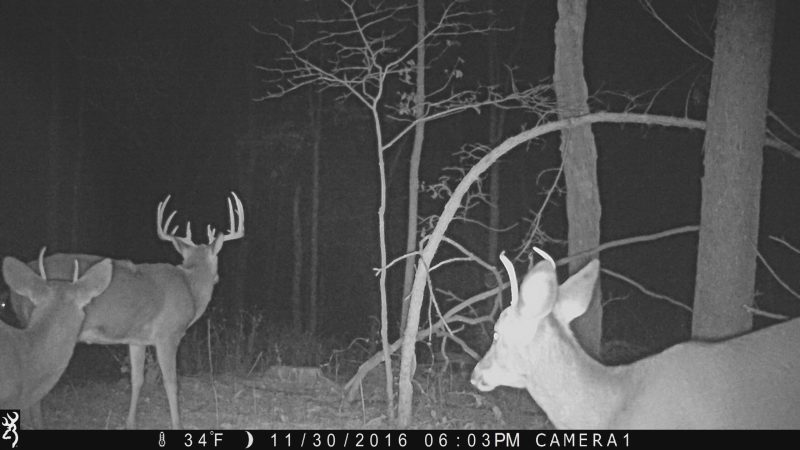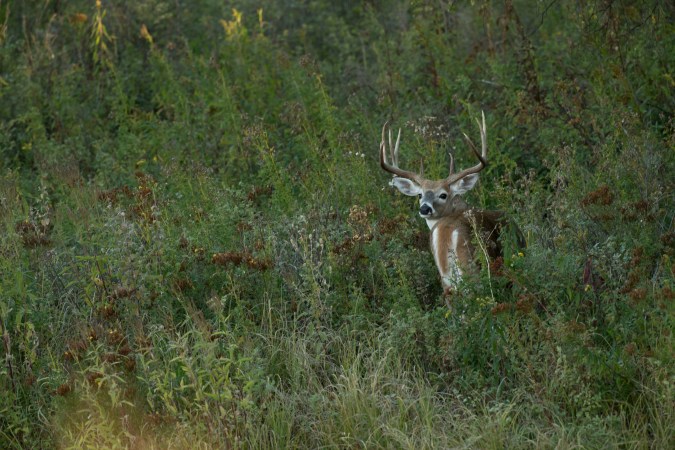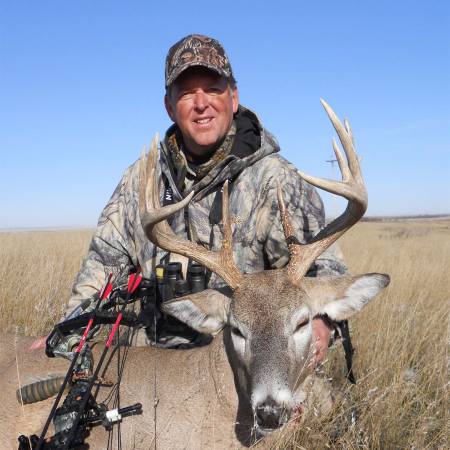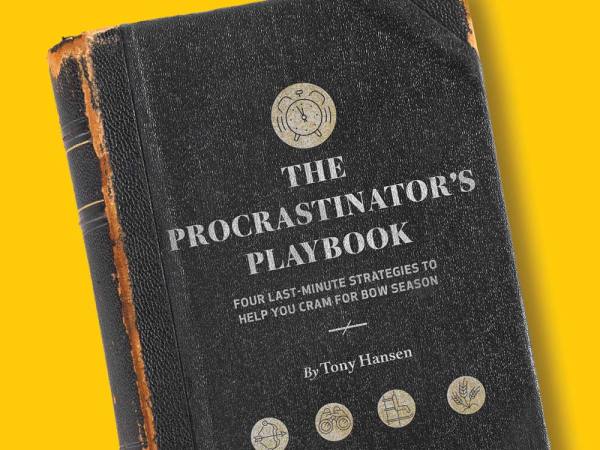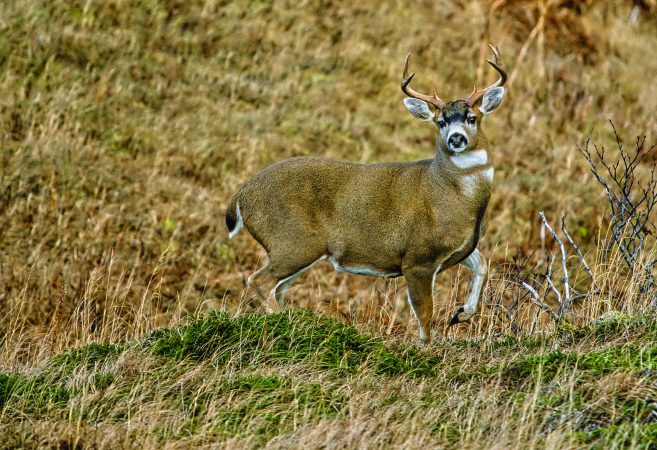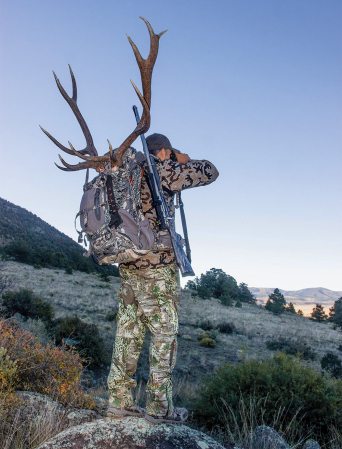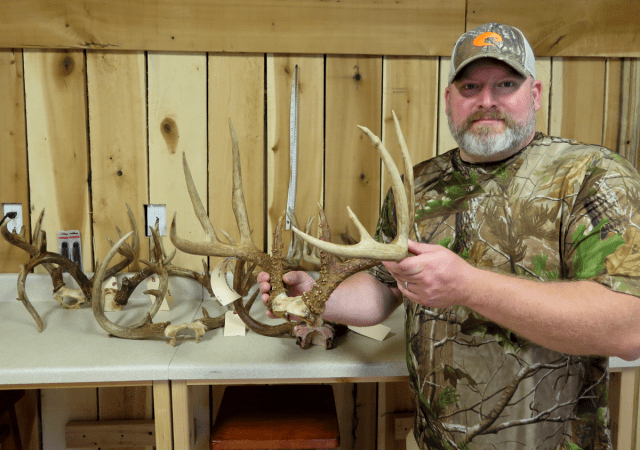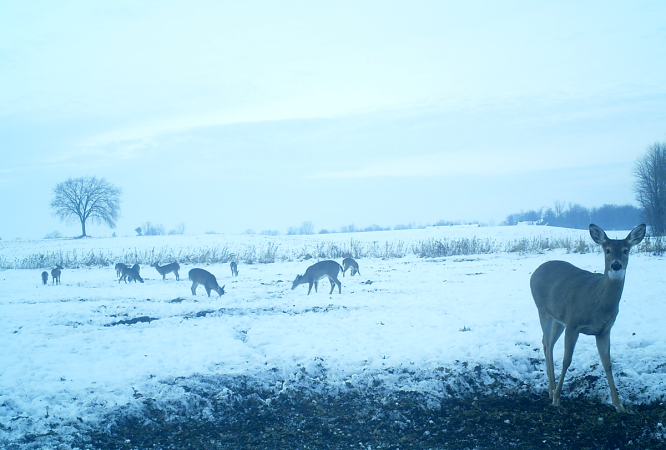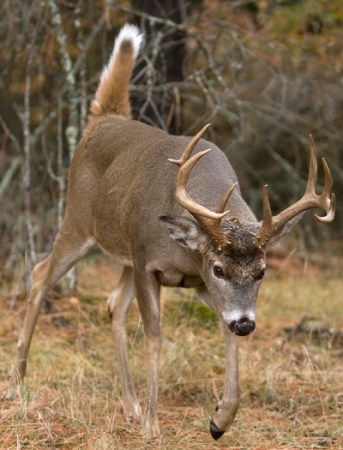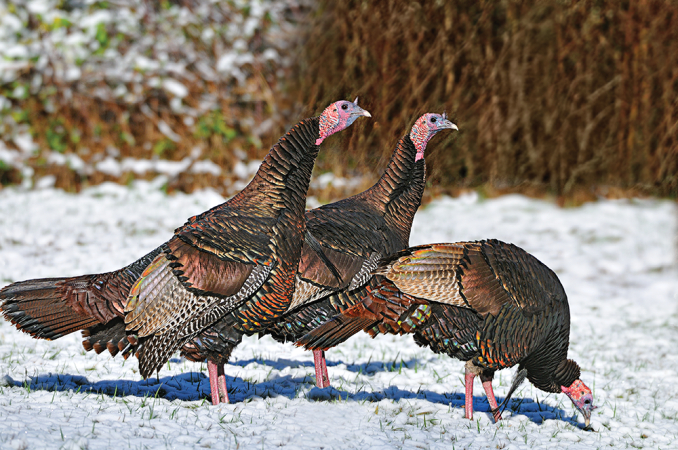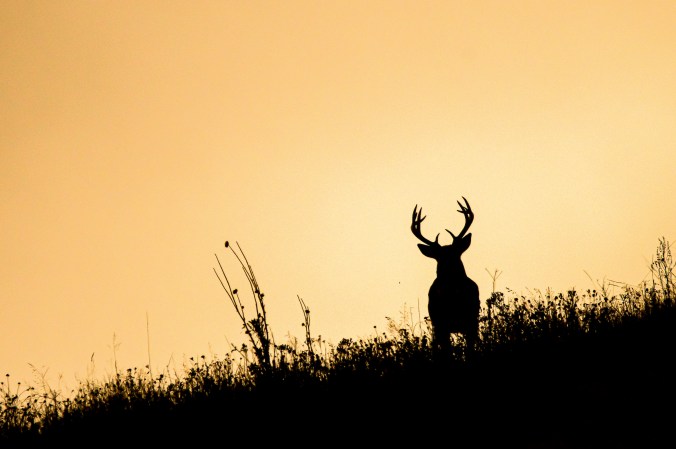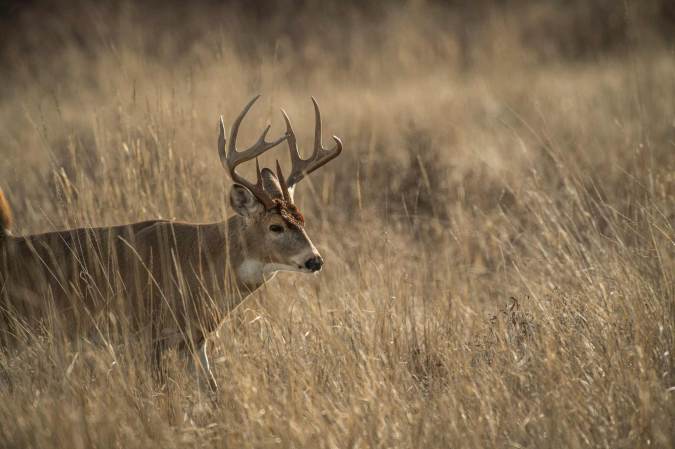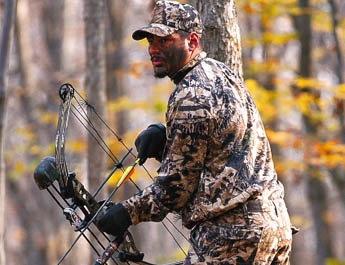It’s become a late-season dilemma: The final days of deer season are ticking by all too fast, and you’re still holding a pocket full of antlerless tags you had intended to fill weeks or months ago.
The weather is brutal, food is scarce, and the whitetails are skittish after running a multi-month gauntlet of zipping arrows and whistling bullets. Filling a doe tag with a rifle or muzzleloader can be tougher now than at any other time in the season. Doing so with a bow makes things even more challenging. Filling multiple tags? That’s where things get trickier.
Here’s a plan that goes against just about everything you think you know about late-season deer hunting.
1. Target the Feed
Let’s get this old cliché out of the way: If you want to kill deer in December and January, you need to hunt the best food source at your disposal. That’s obvious and sound advice, but here’s the curveball that will allow you to fill your doe tags without blowing every deer in the county out of your area: Don’t hunt right on top of food sources, and don’t hunt in the evening.
You’re targeting deer über-sensitive to hunting pressure. But the weather is sharp and deer need calories, so prime food sources will likely host a gob of hungry whitetails each evening. Shoot one of those deer and you’ll have filled one tag. You’ve also just made it much harder to fill additional tags because your shot—whether with a gun or a bow—will likely clear the field. If that doesn’t send them into hiding, tracking and retrieving the deer will. All of which sends a very clear message to pressure-sensitive deer: This field is not safe to visit in daylight.
2. Post-Feed Sets
Rather than setting up on the edge of a primary food source, target transitional areas in the timber that run parallel to the feed. The goal is twofold. You’re looking to catch deer as they move back to bed after feeding in the post-dawn hour, or you’re targeting deer that are moving out to feed in the morning. And second, taking a deer in this peripheral zone won’t disrupt those food-to-bed patterns of the whole herd.
The key here is to understand that while evening feeding patterns are rock-solid and will draw the majority of deer, whitetails do feed in the morning hours as well, and that midmorning movement can be surprisingly good.
The big difference: You’re far more likely to encounter single deer in these peripheral stands.
3. Approach Softly
Spooking deer on your way to the stand isn’t just counterproductive—it can be a hunt-ending blunder that can throw patterns off for several days. Take a path that’s well protected from the primary feeding area. Wait until daylight and glass for deer before heading in. Go slow and stay alert. Any stragglers that haven’t headed back to bed are likely to stay in the field for an hour or more after sunrise, giving you plenty of time to get on stand. And those deer that bedded before daylight? wSome of them will likely get up and move a couple of hours after sunrise, giving you a shot to fill a tag—or two—in stealth fashion.
—Tony Hansen
The Perfect Winter Archery Glove
Late-season bowhunters have the worst of both worlds. In finger-numbing conditions, a heavy glove makes nocking an arrow and drawing a bow difficult. The alternative is wearing a light, flimsy glove that provides plenty of dexterity but minimal insulation.
Enter Huntworth Men’s Stealth Hunting Glove. The stretchy back allows full range of movement, but the palm—woven from fleece and silicone—provides grip and insulates from warmth-stealing bow risers. An antimicrobial treatment tames scent, and the neoprene cuff traps warmth.
—Andrew McKean
